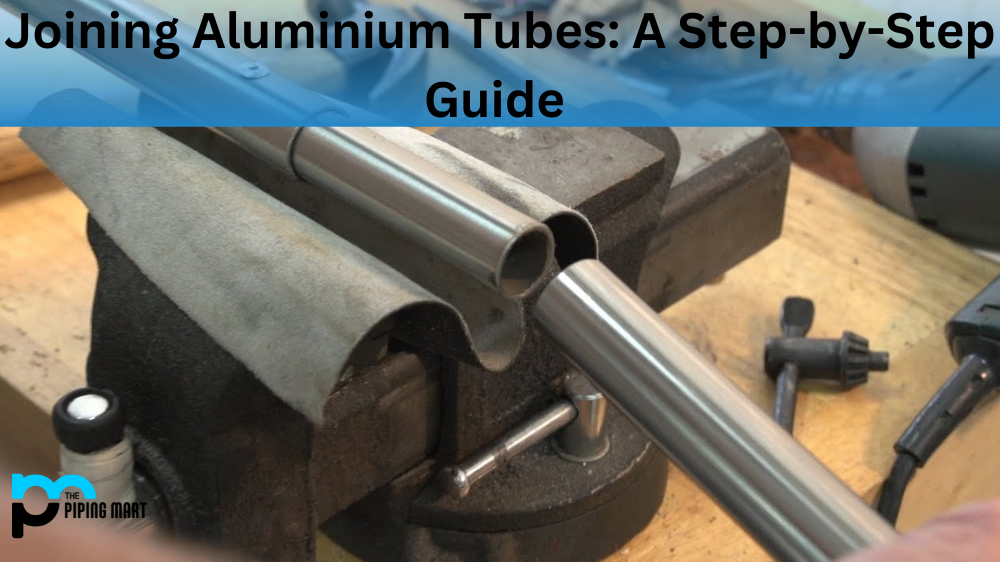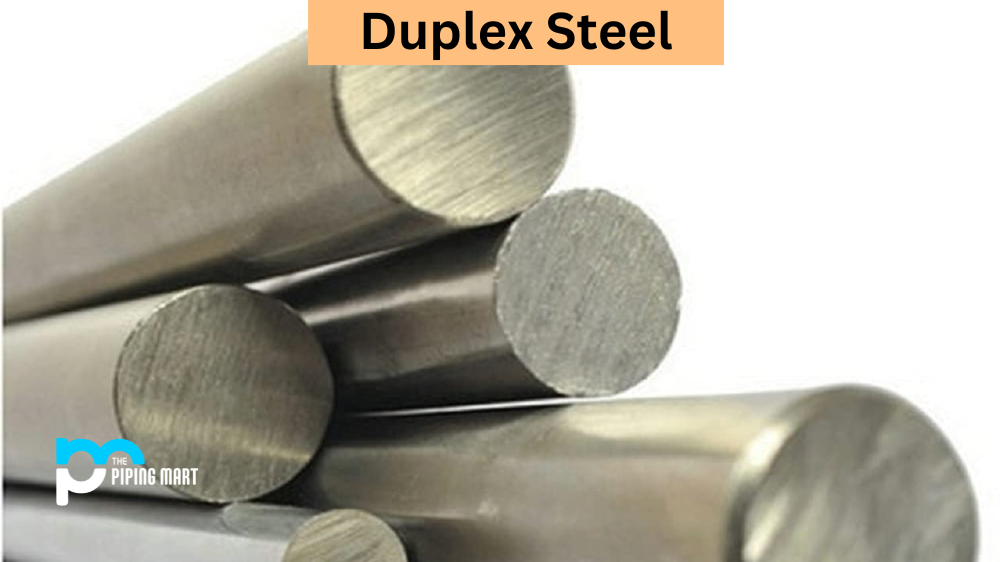Joining aluminum tubes is a process that requires patience and precision. The most common methods for joining aluminum tubes are welding and gluing, but each has its own set of pros and cons. In this blog post, we’ll take a look at the steps involved in joining aluminum tubes using both methods to help you decide which is right for your project.
Welding Aluminum Tubes
Welding aluminum tubes is one of the strongest ways to join two pieces together, as long as it is done correctly. However, getting the desired results with standard welding equipment can be difficult because of the high heat needed to join aluminum. This is why it’s important to invest in quality welding gear or hire an experienced welder before attempting to weld aluminum tubes. Here are the steps you’ll need to follow:
- Begin by cleaning off any dirt, grease, or other debris from both sides of the tube you are going to join. This will ensure that your weld will hold properly.
- Heat your welding equipment and then use a filler rod made of matching metal alloy to add material where the two pieces meet. Make sure you keep your heat consistent throughout this process for the rods to melt evenly and form a strong bond between the two pieces of tubing.
- Once you have filled out any gaps between the two pieces, cool them down slowly with compressed air or water until they reach room temperature before removing them from your work area.
- Finally, inspect your welds closely and make sure there are no cracks or weak points that could compromise the integrity of your welded structure over time once put into use.
Gluing Aluminum Tubes
Gluing may not be as strong as welding, but it can still provide a reliable bond when done properly. The most common type of glue used for this purpose is epoxy since it provides superior adhesion when used on metals like aluminum without requiring additional preparation, such as sanding or priming beforehand. Here are the steps you’ll need to follow:
- Begin by cleaning off any dirt, grease, or other debris from both sides of the tube you are going to join with a damp cloth before allowing them to dry off completely first before applying any glue onto them afterward
- 2 Mix equal parts epoxy resin and hardener according to their instructions in order for it cures correctly
- 3 Once mixed, spread some glue onto both pieces evenly using either a brush or applicator tool, then insert one piece into another one until they meet at their desired length
- 4 Allow sufficient time for curing (usually 12-24 hours) before handling or inspecting your newly joined tube structure further
Conclusion:
Joining aluminum tubes can be done via either welding or gluing depending on what result you want from the end product, though each method does come with its own unique set of advantages and disadvantages that should be taken into consideration first before making any decisions about which would be better suited for your project needs moving forward! Ultimately, whether it’s through welding or gluing – taking proper safety precautions while working with aluminum should always be taken seriously to avoid any unfortunate accidents from occurring during its fabrication process itself!

A passionate metal industry expert and blogger. With over 5 years of experience in the field, Palak brings a wealth of knowledge and insight to her writing. Whether discussing the latest trends in the metal industry or sharing tips, she is dedicated to helping others succeed in the metal industry.




